I started this post from the plane, on the way home from a 15-day visit with family and friends in India.
As a Canadian married to a South Indian, I live halfway between two very different worlds.
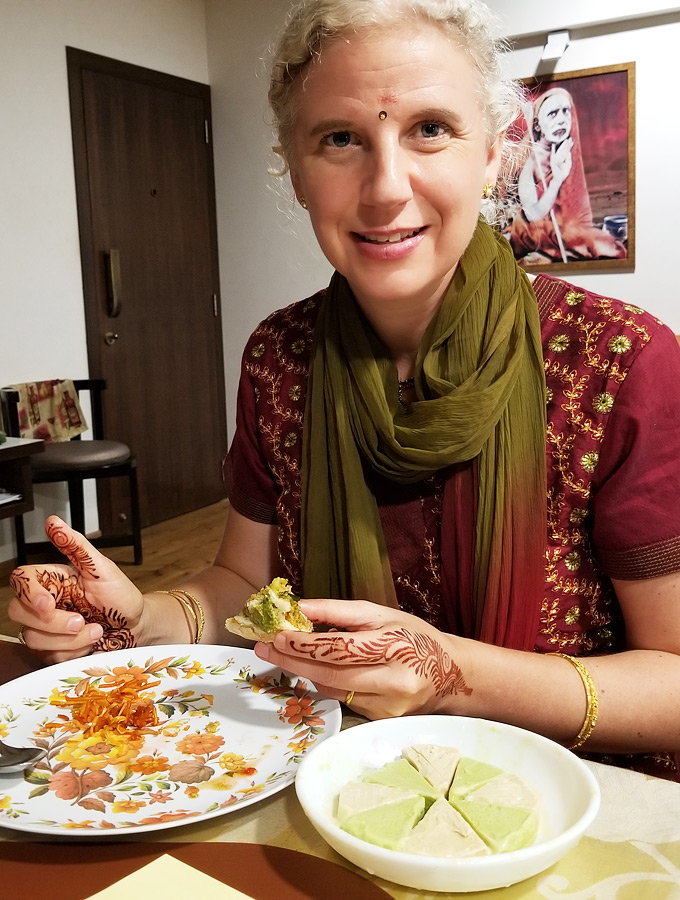
It is the middle of the night in New York where my husband and I are creating our new life together, and mid-morning for our family in India that showered us with so much warmth and goodwill during our stay.
India is colorful beyond belief, brilliantly golden, and filled with worshipping believers at a scale that takes your breath away.
I reflect on how good I felt there, and why.
This was my fourth trip to India, and I was so much more at ease this time amid the chaotic hum of life in the country.
There is harmony to be found in the chaos, peace in the population, and profound forbearance despite the relative challenges of daily life.
At once, it’s colorful beyond belief, brilliantly golden, and filled with worshipping believers at a scale that takes your breath away.
Getting up early was easy—and this isn’t my normal—because if I opened my eyes, the sun would be streaming in the windows.
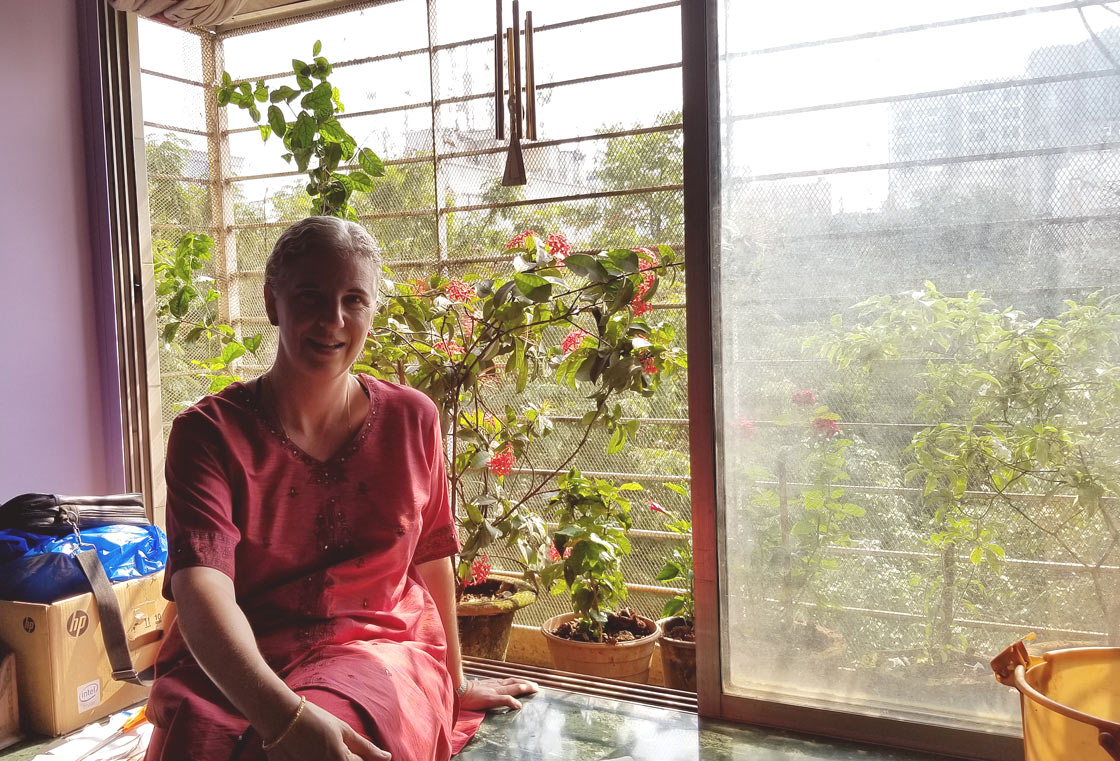
I would hear my father-in-law (I call him Appa) jangling around in the kitchen by 4 a.m., putting dishes away and making coffee.
I would look for my mother-in-law, whom I call Amma (mother) to walk past the curtain door of my bedroom.
I could glimpse her colorful figure through the gap in the curtain and the doorframe, caused by the strong winds of two large ceiling fans that kept things bearable in the humid 90-plus degree environment.
Precious Gifts Of Indian Food
Within minutes of my entrance on the other side of the curtain, and an exchange of “good mornings,” I always knew that Amma would make coffee for me, offer me cut fruit and toast, and sweets.
I discovered I loved guava for the first time in India, and Amma went and purchased the best fruits she could get.
Would I try a large spoonful of white buffalo butter, hand churned and rinsed in filtered water?
Sometimes Amma fed me by placing food in my palm. If something was offered, I tried to receive it, even if it was unfamiliar.
Would I try a large spoonful of hand churned butter made from buffalo milk? It was white in color, sticky, and rinsed in filtered water?
I really wanted to. I realized how precious the opportunity was. But it was too much for me, so I politely refused.
A spoonful of ghee though, I take. I ask for sugar to make it more palatable, and I eat it slowly. The sugar comes in tiny cubes that dance in my mouth.
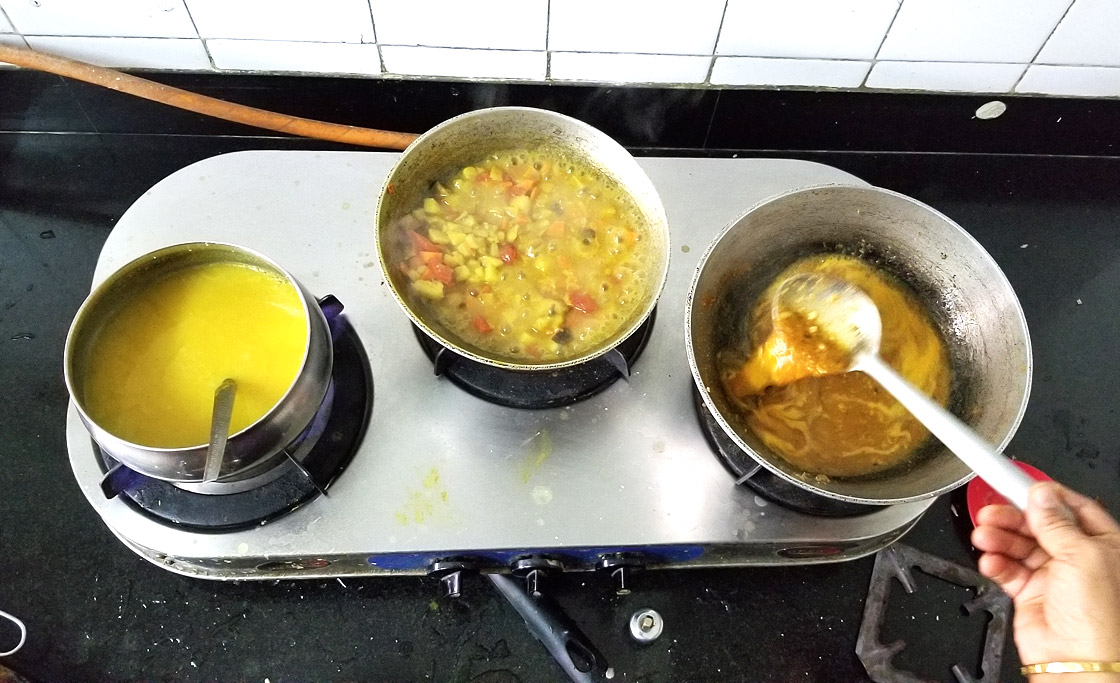
The Art Of Eating With One's Hand
Using one’s right hand for eating is common in India.
South Indians, such as my family, eat with their hands only. Wet food or dry food, it doesn’t make a difference.
They can even eat broth with their hand, albeit with rice or something fried and puffed as a conduit.
A flatbread or dosa (thin pancake made with rice and lentils), are also useful for picking up wet foods, as are the stainless steel plates with 1-inch high edges that offer steady resistance to the fingertips.
Indians see their hand as a superior tool for mixing food.
They love to mix rice with stew-like lentil dishes (dal), or rice with yogurt. They call the process homogenization.
Since homogenization is the goal, keeping the food separate on the plate looks wrong.
One time Amma thought I would be unable to mix properly with my spoon, and so she helped me with her fingers.
The thing is, as a Westerner I prefer the separateness. It is a not-so-subtle difference of culture.
Regardless of the variety of food-scooping methods I learned of, I still did not partake willingly. I am not used to it.
However, Amma often forgot (naturally) to give me a spoon, and I would start eating with my hands. By the end of the trip, I had made some progress.
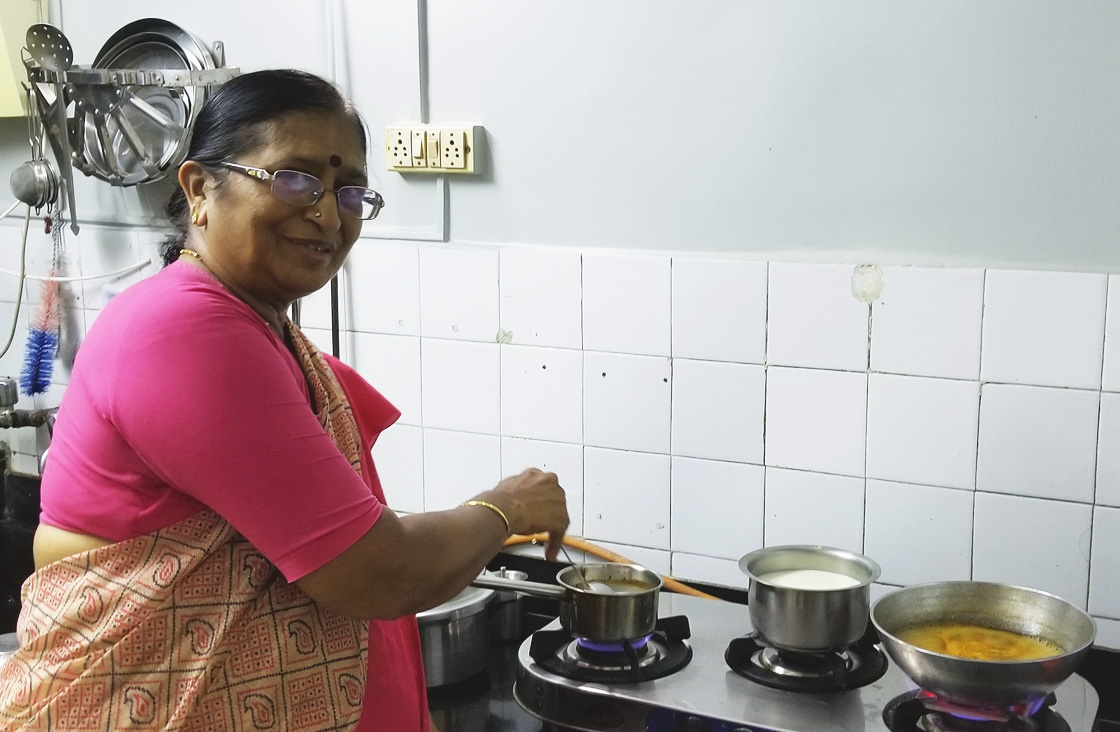
Feeding The Children
I was told by my Indian uncle that in villages, children are fed by their grandmother in a very particular way. It was more common in previous generations, but he said it is still done.
Grandmother would mix up cooked rice and curried dal in a vessel with her hand, and the children would line up to receive it.
As each child held out his or her hand, their paati (grandmother) would go down the line and place a portion of food in each little “dish.” The children ate, portion after portion, until paati’s vessel was empty.
It occurred to me that this is part of the traditional culture that endures and spreads in India in the hearts and minds of our parents’ and grandparents’ generations. How they delight in giving food to the young ones in their palm!
How they delight in giving food to the young ones in their palm!
Another tradition involving food in the hand starts with the culture of worship in front of idols.
My Amma seeks gods’ blessings daily, and Prasad is a part of this. Prasad is generally a sweet that has been blessed during a ritual. It is distributed after, and consumed by the people around.
I learned at my Indian parents' home to be ready for Prasad at any time, because it wouldn’t be right to refuse it.
There are also sweets given by relatives that must be received, sweets from other religious occasions, sweets from the temple, and so on.
Each must be accepted, for there is meaning attached to it.
The Biggest Lunches
In the morning, cooking comes first, and it goes on for hours in between all the other tasks in daily life.
Phone calls come regularly, as do visitors at the door. It could be the iron wallah, milk wallah, maid, or repair man. Despite the simple life this family lives in a city of 20 million, there is an abundance of community around.
Amma will often bring a task to the living room and sit with everyone, allowing her to share in the conversation while working.
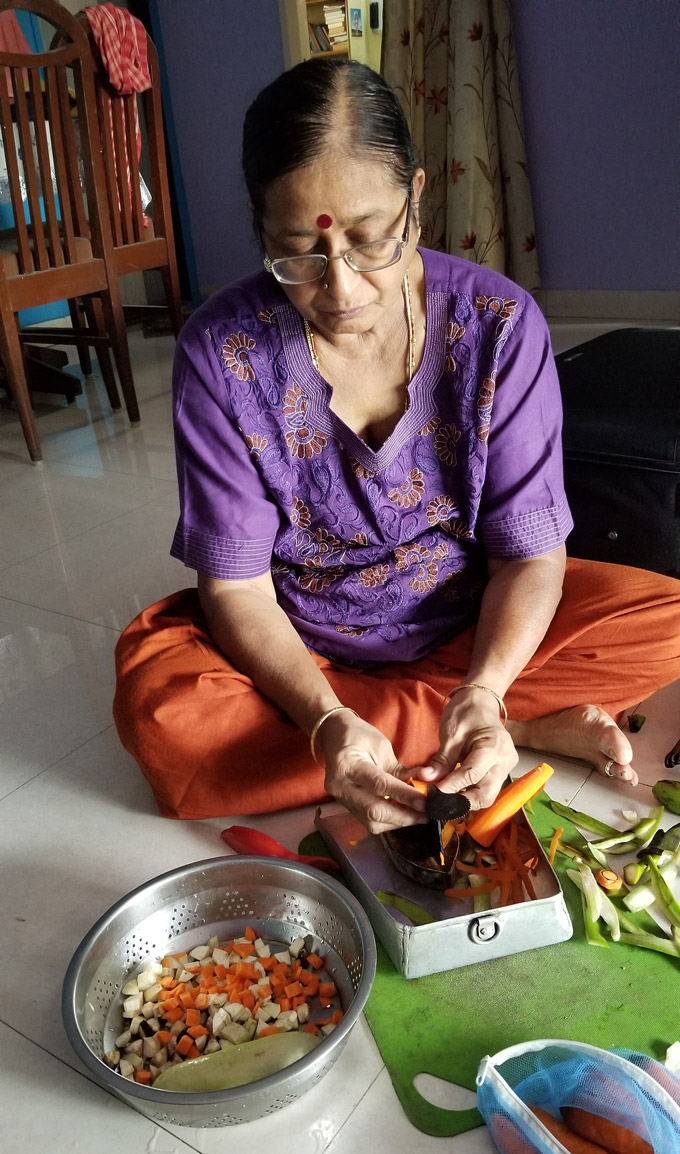
It always amazes me how Amma prefers to sit on the floor to prepare food. My Appa also takes his meals there.
I watched as vegetables were chopped while sitting on the floor, coconut was prepared, and sweets were made.
I once read that it is really healthy to get up and down from the floor. It is also very grounding, and helps a person feel connected to nature, so I think it is a really good practice.
Finally, lunch is served around 2 p.m. and we are ready for it. The cooking smells have been tempting us for hours.
Usually, there was a spiced rice dish, such as coconut rice, lemon rice, or Pulau (rice with cinnamon, clove, and vegetables).
These rice dishes were special because we were visiting.
And there would always be a dish made with lentils or beans, spicy of course.
A vegetable subzi (curried side dish) would also be there. We had potato subzi, okra subzi, and potal subzi.
Potal is something I had always wanted to try. It looks like tiny, smooth-skinned cucumbers.
Inside, it is similar to a zucchini, except that the flesh is transparent, and it has roughage in the seeds that must be removed before cooking.
There is also often a flatbread. We had dry roti (no oil or butter), aloo paratha (flatbread filled with spiced mashed potato), and dosa (a pancake made with fermented rice and lentils).
And there is ghee—an ever-present delicacy—along with spicy pickles, chutneys, and chips, all for embellishment of the meal.
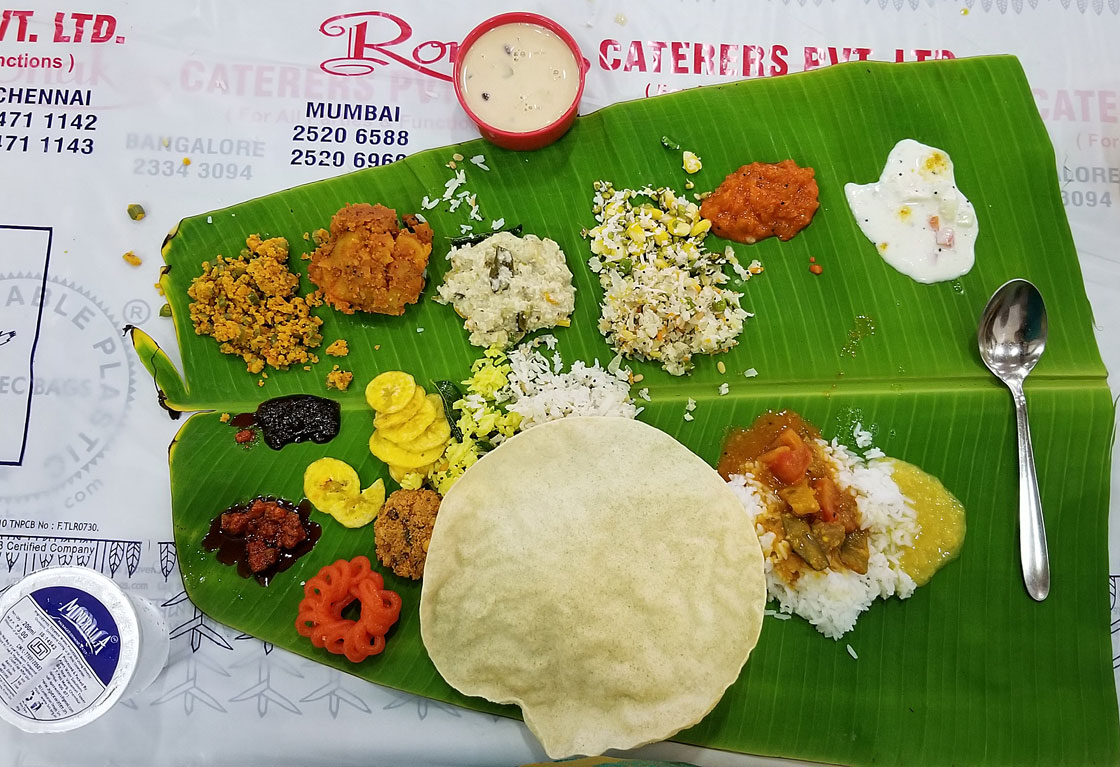
The Sweetest Dessert
I learned that I love a big lunch, with sweets after the meal even, and a very light dinner later in the day.
In the future I will write a post (or a few) dedicated to Indian sweets. I used to dislike them all, finding them too unusual to enjoy.
This trip I have come to prize Indian sweets more than Western desserts. Contained within their simplicity is thousands of years of cooking heritage.
Each sweet has just a handful of ingredients, and they are the best ingredients. Milk, ghee, almond, cashew, cardamom, rose, mango, wheat, rice, lentils, raw sugar (jaggery), and so on.
Cook the ingredients to perfection, and you have depth and subtlety in every bite.
That’s it! This sums up India for me.
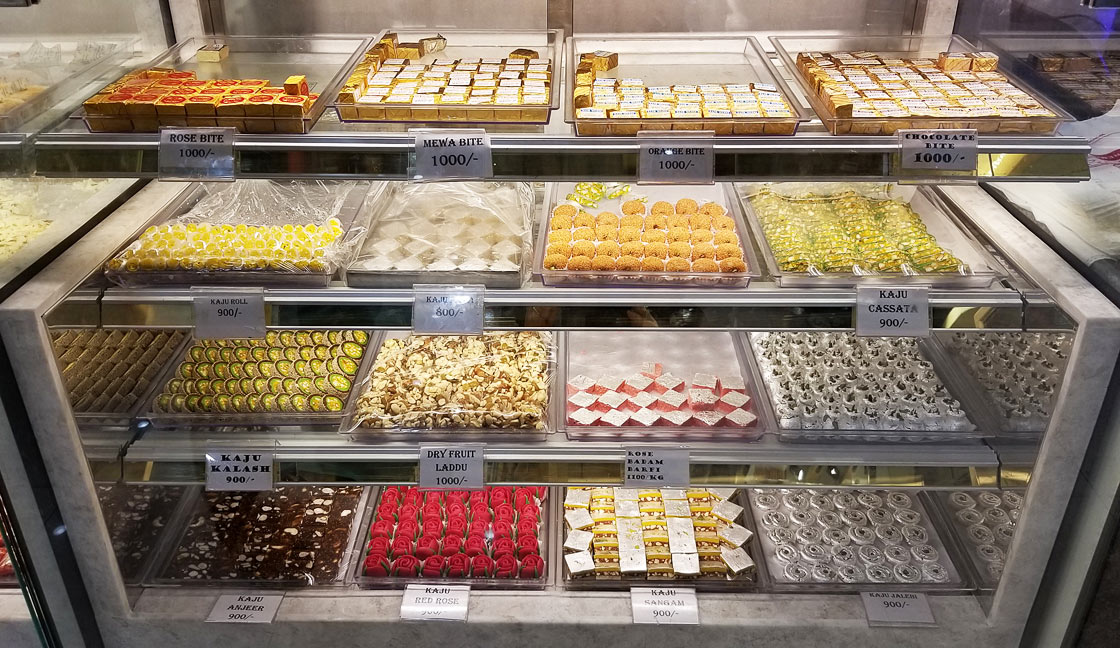
If you liked this post, please share it with your friends on social media, or leave a comment below.
For more Buttered Veg lifestyle content, follow me on Pinterest, Facebook, Instagram, and Twitter.

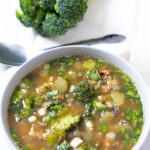
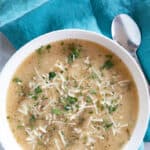
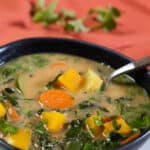
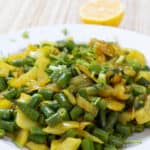
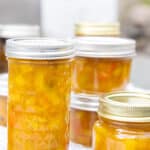

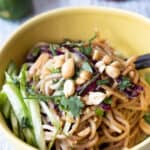
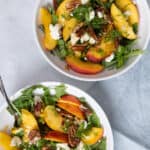
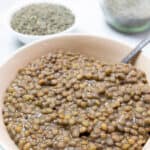
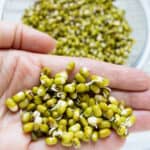
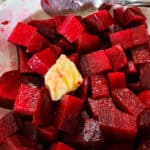

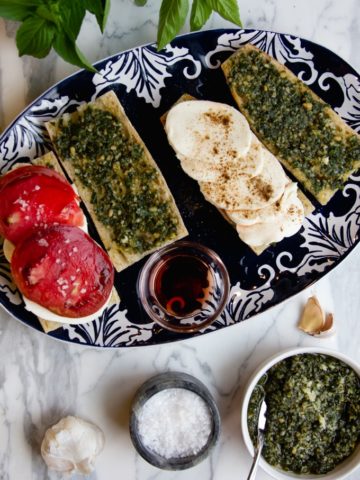

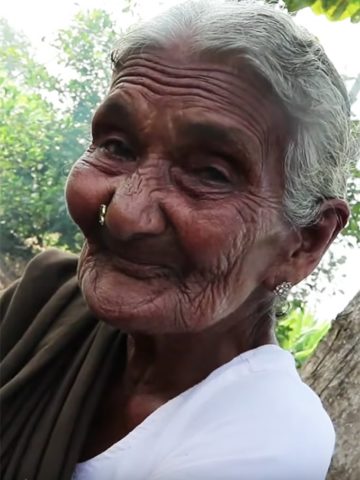
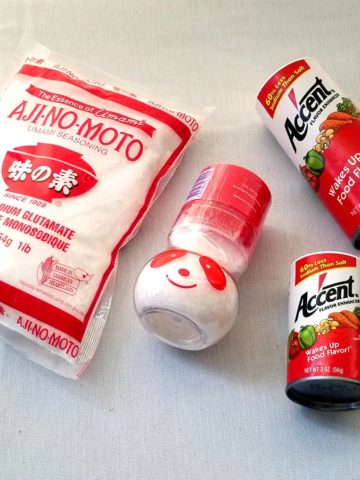
Jackson Bush
It's interesting to learn that South Indians eat with their hands only, regardless of the food is wet or dry. When my family and I first tried Indian food, we were taken back when the Indian cook told us to eat broth with our hands. After we've eaten Indian food more and more, it seems impossible to eat that kind of food with any utensil!
Andrea
Wow! You are really open to trying new things. Thanks so much for sharing your experience 🙂
Stefan Bradley
It's interesting that flatbread can be used to pick up wet foods with ease. I am excited to go to an Indian restaurant with my wife, so it is important to us that we embrace the culture by eating the food with our hands. I'll let my wife know that flatbread can be very useful when eating certain foods.
Andrea
Ooooh! Fantastic that you be able to exercise your new knowledge. Hope you enjoy your dinner very much.
Ananda
I loved hearing about your "amma" and new mother from another culture. What a beautiful journey!
Andrea
Thanks Ananda. I love hearing from you 🙂